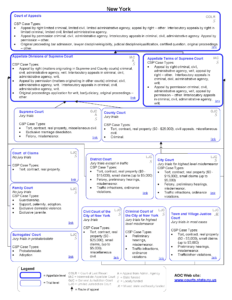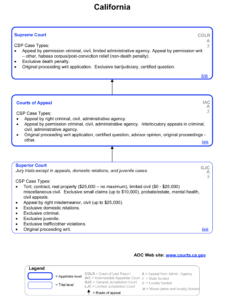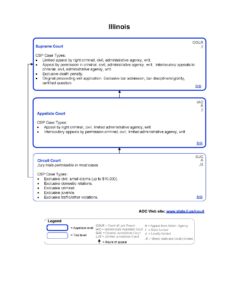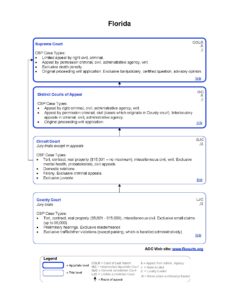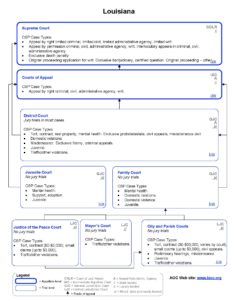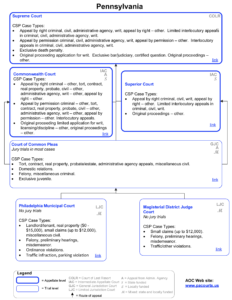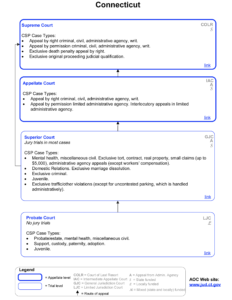Number Of New York State Trial Courts
New York is alone in maintaining such a complex court structure made up of so many overlapping trial courts with limited jurisdiction. Other States have embraced reform, including California, which in 1998 adopted a single trial court throughout the state.
In California, the American Institute for Research (AIR), did a study of California’s current judicial model, among the findings, as it addressed quality of services for the people who use the courts:
“The fact that the court can now speak with one voice and has judicial officers and staff who can speak knowledgeably about the full range of programs and services offered by the unified court has been seen as contributing greatly to improving the image of the court.”
- Negotiating, communicating, and coordinating activity with a single court, rather than two or more individual courts;
- Uniformity of procedures and rules of court that began as a result of court coordination and have continued since unification;
- Case processing and case management procedures that have occurred with new calendaring procedures;
- Time to trial and sentencing, as well as the increased availability of alternative dispute resolution services.
Generally the study found that court simplification resulted in:
- Judges have greater flexibility in being assigned to cases through the removal of jurisdictional constraints and greater flexibility in case type;
- Greater efficiency of court operations: improved case management practices reduce backlogs and improve time to disposition, standardization of rules, and case processing;
- Enhanced quality of service: increased accessibility of courts and more cost-effective use of staff allow for expansion of programs to serve juveniles and domestic violence survivors.
Areas of concern by Justice System Partners, which the Simply the Courts! Coalition suggests are kept in the forefront of NYS’ proposal and its implementation:
- Law enforcement and court security personnel who reported difficulties in maintaining adequate coverage for courtrooms due to heavier use since unification;
- Public defenders who reported difficulties in adjusting their staff assignment practices, as needed, to adapt to new judicial assignment practices;
- Justice system partners who believed that they were not adequately consulted or notified about changes in operating procedures.
Other benefits included greater cooperation between the judiciary and other branches of government, enhanced opportunities for innovation, and greater accessibility and accountability of the courts. (See Full Article)
Court structure charts developed by the National Center for State Courts summarize in one-page diagrams the key features of each state’s court organization. Below are some examples:

